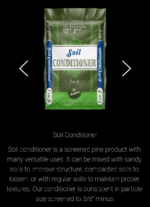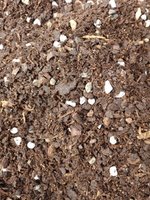Joe Dupre'
Omono
In the six years I've been doing this, I've found that collected trees potted into my own brew of potting soil do MUCH better than going into bonsai soil. Absolutely no doubt about it in MY bonsai garden. I've tried it both ways dozens of times. I say potting soil, but what I use is a big mix of leftover bonsai soil, composted pine bark WITH fines, the fines of Napa 8822 and whatever gets sifted out of pine bark fines that go into my normal bonsai soil. Proportions are APPROX. 85-90% organic and 10-15% inorganic ......mainly Napa 8822. Now, I do mostly native trees and some tropicals. Junipers go into my 50/50 bark/8822 mix.
I've also noticed that most trees slow down considerably when put in my 50/50 mix. That is a good thing when a tree is further along and you really don't want explosive growth. Still healthy growth and vigor , just not the crazy growth you see in newly collected trees.
Anyone have similar experiences?
I've also noticed that most trees slow down considerably when put in my 50/50 mix. That is a good thing when a tree is further along and you really don't want explosive growth. Still healthy growth and vigor , just not the crazy growth you see in newly collected trees.
Anyone have similar experiences?


